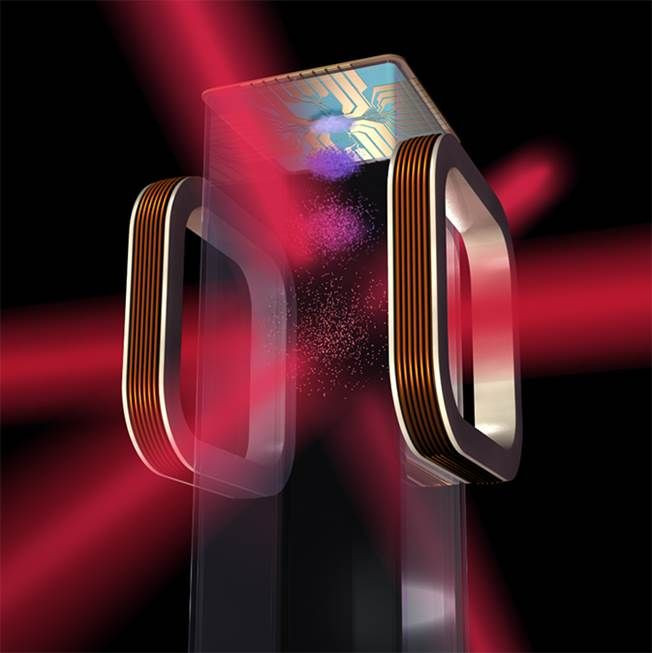NASA To Create Coolest Spot In Universe With Space Lasers

NASA will fly a number of experiments on its May 21 resupply mission to the International Space Station including an ice-chest sized box that will enable scientists to create the coolest spot in the universe or a temperature 10 billion times colder than the vacuum of space.
The box, called Cold Atom Laboratory (CAL), will use a combination of laser and magnets to bring temperatures of a cloud of atoms closest to absolute zero, or lowest temperature possible in the universe, in order to witness their quantum characteristics.
Absolute zero equals to about -273.15 degrees Celsius, but in practicality, it is impossible to create such ultra-cold temperatures because atoms stop moving at that particular point, ScienceAlert reported. This is why scientists have been trying to achieve the closest possible temperatures and slow atoms down as much as possible. However, in that case, they have had other Earth-specific problems.
Essentially, under the impact of Earth’s gravity, the ultra-cooled atoms in these clouds, called Bose-Einstein condensates (BEC), settle towards the ground and could not be slowed as much as the physicists needed to observe their quantum properties. They could only manage to observe the properties for fractions of a second — an issue that led NASA to send CAL to the space station and eliminate the problem of gravity altogether.
Space station’s microgravity environments make an ideal place to slow down atoms more than anywhere else, Space.com reported. Meaning, once the payload is delivered, the scientists will use its lasers and magnetic forces to cool the cloud of atoms to one-tenth of a billion of a degree above absolute zero. This would slow them enough and allow the scientists to observe their quantum characteristics, behaviors, and interactions for up to 10 seconds, which will be longer than what’s possible in all other BEC experiments.
Scientists will be using CAL remotely to conduct experiments and the agency hopes further improvements in its technologies could make the quantum properties of atoms observable for hundreds of seconds.
"Studying these hyper-cold atoms could reshape our understanding of matter and the fundamental nature of gravity," CAL Project Scientist Robert Thompson said in a statement last year. "The experiments we'll do with the Cold Atom Lab will give us insight into gravity and dark energy — some of the most pervasive forces in the universe."
Among other things, the experiments could also help scientists improve technologies like sensors, quantum computers and atomic clocks used in spacecraft navigation. They could even learn more about the transfer of energy in BECs, which are a superfluid or a kind of fluid with zero viscosity.
"If you had superfluid water and spun it around in a glass, it would spin forever. There's no viscosity to slow it down and dissipate the kinetic energy,” Anita Sengupta, Cold Atom Lab project manager, said in the statement. “If we can better understand the physics of superfluids, we can possibly learn to use those for more efficient transfer of energy."
© Copyright IBTimes 2024. All rights reserved.





















